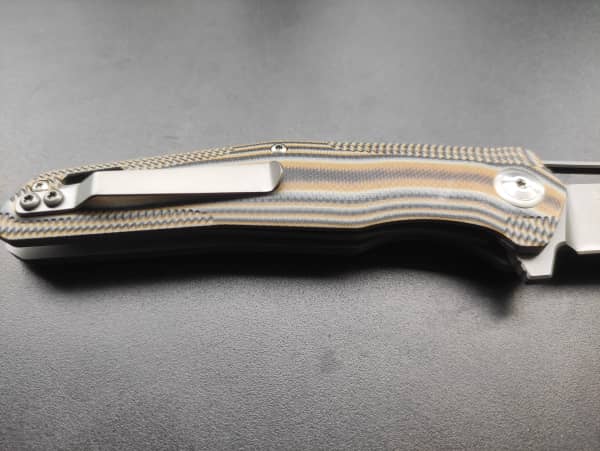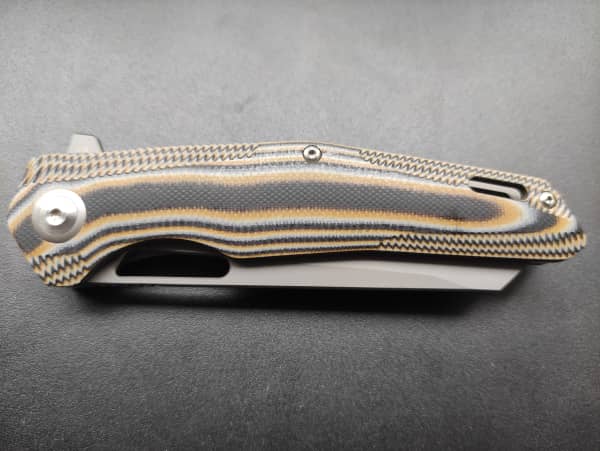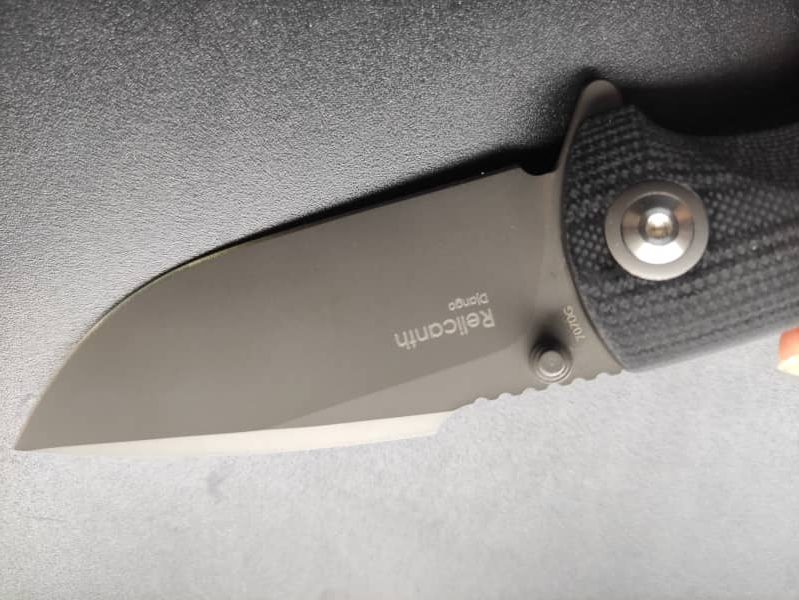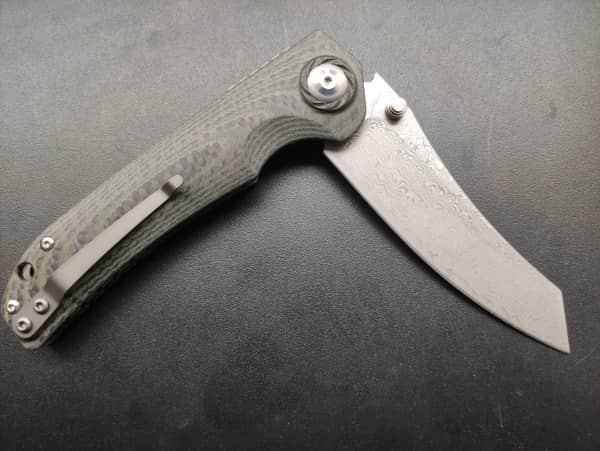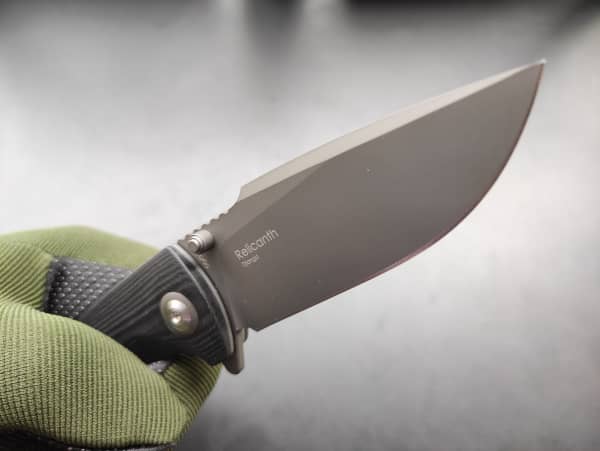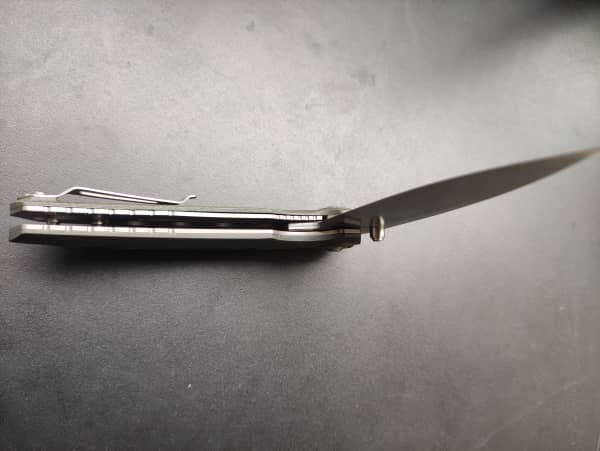A knife is a very important tool in hunting. Most of the hunters would go for Jagdmesser instead of using traps that might fail to hold on to their prey. A knife has different parts and one of them is a knife tang. A knife tang is the bottom section of a blade that extends down into the knife handle.
Knife tang is generally the backbone of a knife because it is what holds the whole knife firmly in place. In the absence of a tang, a fixed blade would not function efficiently when you apply any force on the knife since there would be nothing to attach the blade to the handle. In this article, we will have a detailed look at different types of knife tang. Learn more.
Full Tang
Full tang gives a knife’s description where the tang extends all through the length and width of the whole knife handle. The full tang is normally covered with two portions of grip material that are held together with the help of epoxy and rivets.
For a classic full tang, you will be able to notice the metal edge in between the two parts of the handle. This means the tang is the same length and width as the knife handle. Full tang knives are generally made of one piece of metal, that runs from the tip of the blade to the top of the handle.
Full tang knives are the strongest and they are also the most advantageous type of knife you will see around. For that matter, they are ideal for heavy tasks that require more force. The full tang is recommended for Campingmesser which can be used to sharpen sticks. Full tangs play a big role in survival chances and hunting methods where high strength and durability are key.
Partial Tang
Just like the name suggests, the partial tang is where the blade only spreads out to a certain extent into the grip. For that matter, partial knife tang is nowhere near a full tang knife in terms of strength. These partial tangs also come in different types of designs depending on the make and their intended use.
The length of the tang is also made depending on how far they extend into the handle. Partial tangs come in different shapes; they can be three-quarter, halfway, or stub. Klappmesser are also classified as partial tangs since the shank stops at the handle pivot point.
One of the major advantages of a partial tang knife is that its weight is less than the weight of a full tang knife. They are highly recommended for knives with changeable blades, and with the absence of a partial tang, a folding blade knife will not function at all.
Push Tang
This type of tang is directly pushed into an already made handle and fastened firmly in place with glue. Generally, the push tang doesn’t go fully into the handle, but it can as well be found in knives with both full and partial tang.
This type of procedure is followed when a more leichtes Messer is being made. One of the key advantages of a push tang knife is the reduced cost when making it. This is simply because it involves the use of less metal than when making a full tang knife. Another advantage of push tang is that the tang doesn’t need finishing since it cannot be seen.
Hidden Tang
For hidden knife tang it simply means that the tang is fixed to the knife handle in such a manner that one is not able to see the tang even how it is joined. Hidden tangs are made by moving the tang through an already made handle. The handle of the hidden tang is then fixed with an adhesive.
Another way is to make the tang slightly longer than the handle, then use a knob to hold it in place. The procedure takes a lot of time to complete but it is more reliable and the best way of doing it is to weld a small projection onto the tang. This will help to hold the blade from moving out of the grip.
The hidden tang method is used when the main concern of the manufacturer is to showcasing the handle. For that matter, the function and quality of the blade are not prioritized. This method of the hidden tang has a big advantage and that comes from its strength. Knives made from this method tend to be strong and durable.
Rat Tail Tang
A rat-tail tang got this name from the shape of its blade. It is very narrow, more similar to a rat’s tail, while the blade resembles the body of a rat. Due to its shape, the tang needs to be fixed to the grip using a bolt. At the point where the blade joins the tang, the manufacturer narrows the metal. Then rat tails extend the rest of the handle.
Just in case all you need is a decorative knife, the rat tail is highly recommended for you. After all, why should you spend good cash on a full-tang when you are not going to put it into use? Knives with rat tail tang are cost-effective to produce, and they are extremely thin hence its weight is minimized.
Abschluss
Hunting knives need to be durable and strong in order to perform their intended purpose well. Having gone through different types of knife tangs, consider the best for your preference. Always make sure you clean your knife properly after using them and dry them before you store it. In case you are planning to store them for a longer time, you can grease them to prevent rusting. For a better understanding of knives, visit us (Shieldon – Hersteller von Taschenmessern).
Sie können uns auch auf folgende Weise folgen:
https://www.facebook.com/ShieldonCutlery
https://www.instagram.com/shieldon_knives_and_tools/
https://www.youtube.com/channel/UC_Dz–HODWHFY4AaUF0z11Q
https://twitter.com/Shieldonknives1/
https://shieldonknivesandtools.tumblr.com/
https://www.linkedin.com/company/72285346/
https://www.pinterest.com/shieldonknivesandtools/
Weitere Videoeinführungen:

